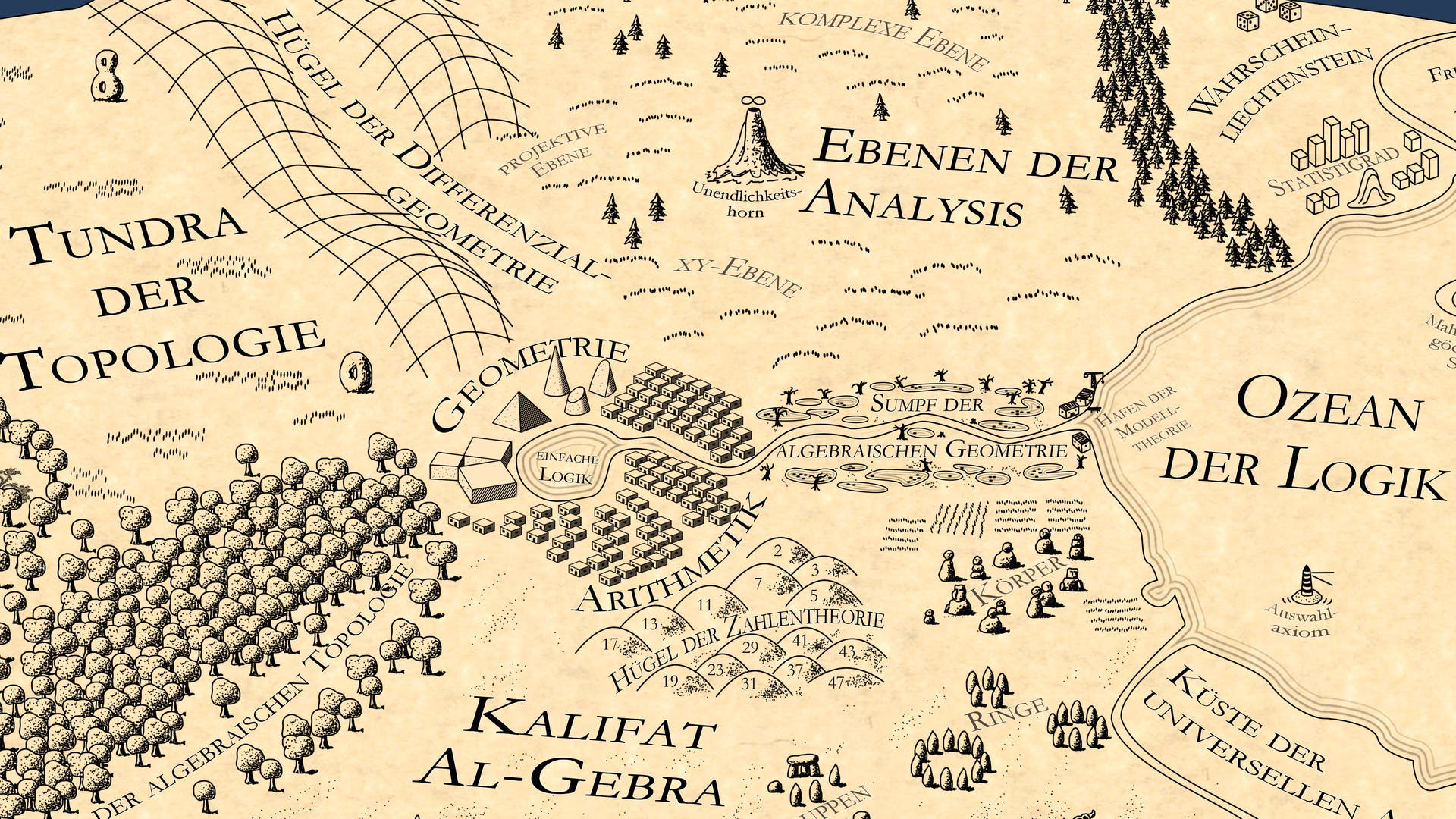Основные понятия
Emmy Noether's exploration of topological spaces led to the discovery of Homology groups, revolutionizing algebraic topology and revealing connections between objects. The approach focused on calculating topological invariants through Homology groups, providing a new perspective on understanding spaces.
Аннотация
Emmy Noether's work in algebraic topology uncovered the relationship between topological spaces and groups, particularly Homology groups. These groups allow for the calculation of topological invariants like the number of holes in a space. The collaboration between mathematicians Eilenberg and Mac Lane further advanced the field by exploring group extensions and their applications in different mathematical areas. Grothendieck's contributions to algebraic geometry using categories as a foundational framework showcased the power of abstract concepts in mathematics, leading to significant advancements across various disciplines. The application of category theory extends beyond pure mathematics into physics, computer science, biology, and linguistics, demonstrating its versatility and relevance in diverse fields.
Kategorientheorie: Abstrakter Unsinn oder mathematische Wunderwaffe?
Статистика
Bisher kennt man noch keine allgemein gültige Methode, mit der sich die Homologiegruppen beliebiger topologischer Räume berechnen lassen.
»Wir blieben die ganze Nacht auf, um herauszufinden, warum das so war« Saunders Mac Lane, Mathematiker
Es existieren auch eigenständige Zweige der Kategorientheorie.
Die abstrakte Theorie liefert beispielsweise ganz andere Antworten als die Mengenlehre.
»Kategorientheorie kann man entweder lernen oder neu erfinden« Thorsten Altenkirch, Informatiker
Цитаты
"Wir blieben die ganze Nacht auf, um herauszufinden, warum das so war" - Saunders Mac Lane
"Kategorientheorie kann man entweder lernen oder neu erfinden" - Thorsten Altenkirch
Ключевые выводы из
by Ist ... в www.spektrum.de 03-04-2024
https://www.spektrum.de/news/kategorientheorie-mathematik-aus-der-vogelperspektive/2197350
Дополнительные вопросы
What implications does the use of category theory have for interdisciplinary research
The use of category theory has significant implications for interdisciplinary research by providing a common language and framework that transcends traditional disciplinary boundaries. By focusing on the relationships between objects rather than the specific nature of the objects themselves, category theory allows researchers from different fields to communicate and collaborate more effectively. This shared conceptual foundation enables experts in diverse areas such as physics, biology, computer science, linguistics, and mathematics to find common ground and explore connections that may not have been apparent before. For example, in solid-state physics, category theory is used to describe topological phases of matter; in computer science, it helps develop more robust programming languages like Haskell; in biology, it aids in understanding complex metabolic systems; and even in linguistics, it can reveal grammatical similarities across languages. Ultimately, category theory fosters cross-disciplinary collaboration and opens up new avenues for innovative research.
How does the concept of isomorphism in category theory challenge traditional notions of equivalence
The concept of isomorphism in category theory challenges traditional notions of equivalence by emphasizing structural similarity rather than exact identity between mathematical objects. In traditional set-based mathematics, two sets are considered equivalent if they have a one-to-one correspondence or bijection between their elements. However, in category theory's perspective on isomorphism, two objects are deemed equivalent if there exists an invertible morphism (arrow) between them within a given category. This notion highlights the importance of relationships and mappings over individual elements or properties when determining equivalence. As a result, category theory offers a more abstract and flexible approach to defining equivalences that transcends specific object characteristics or representations.
How can category theory contribute to advancing computational methods for mathematical proofs
Category theory can significantly contribute to advancing computational methods for mathematical proofs by providing a powerful framework for reasoning about structures and relationships within mathematical systems. The abstract nature of categories allows mathematicians to model complex structures using categorical concepts such as functors and natural transformations efficiently.
In computational proof verification tasks where intricate logical dependencies need to be analyzed rigorously,
category-theoretic techniques offer elegant solutions for organizing these dependencies systematically.
Moreover,
the emphasis on universal properties
in category theory provides general tools for proving results that hold across various contexts,
making it particularly useful for developing algorithms with broad applicability.
By leveraging these categorical principles,
computational methods can benefit from enhanced clarity,
efficiency,
and generality when tackling challenging mathematical problems requiring rigorous formalization
and verification processes
0
